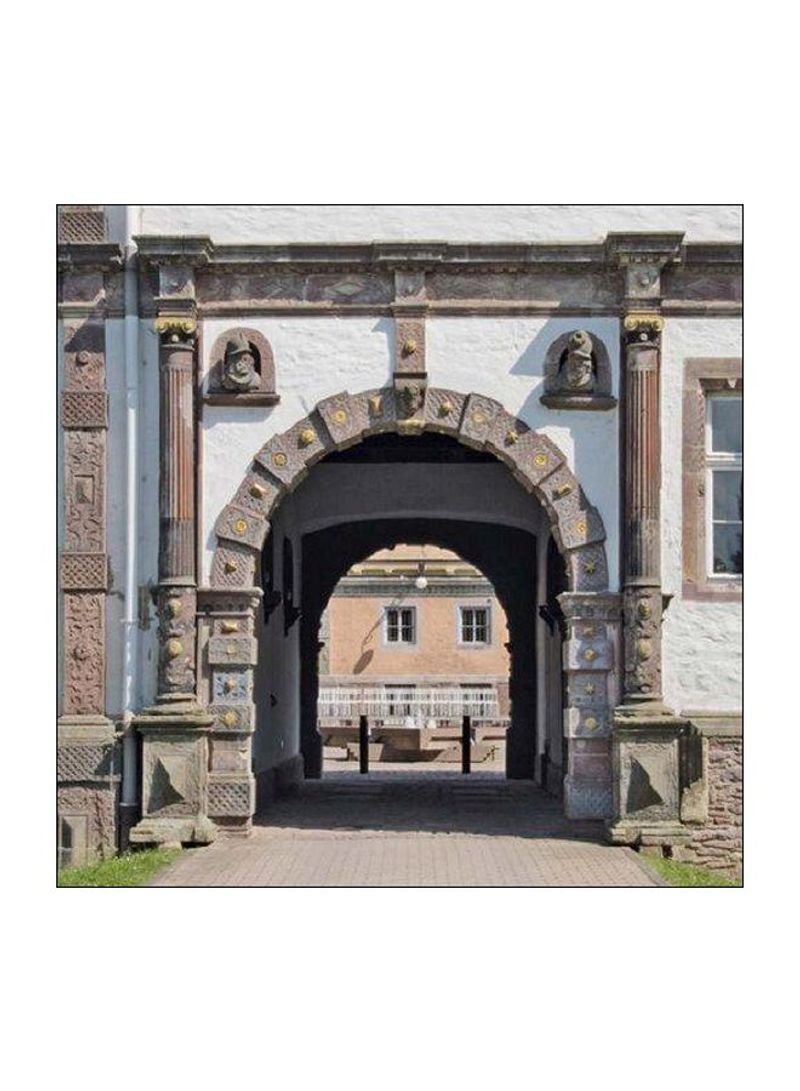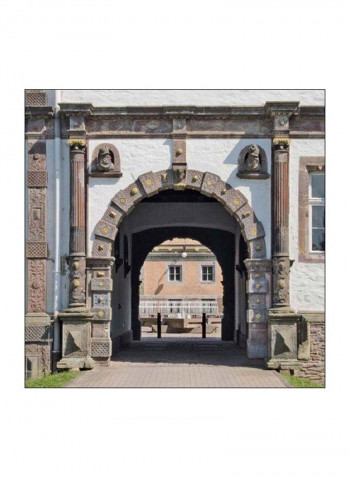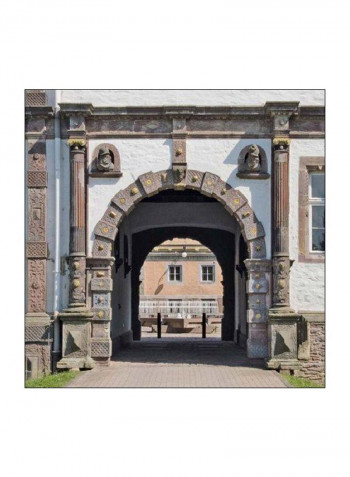Castles Of The Weser Renaissance Hardcover
Recommend
Sort by
Rating
Date
Specifications
Author 1
Michael Bischoff
Book Description
Text in English & German.In the area along the Weser, there was a great deal of building activity between the Reformation and the Thirty Years War which was helped along by economic prosperity. Little affected later by war or modernisation, high quality Renaissance castles, aristocratic estates, town halls and civic architecture have survived here in exceptional density. This facet of Central European Renaissance architecture started to be appreciated in the early 20th century. This led to the concept of the Weser Renaissance, oriented above all towards formal and regional history, and still popular today, like a kind of brand. The present volume offers a representative selection of the region's castles and palaces for the first time, dealing with both princely residences and seats of the nobility. Architecture and court culture are placed in a European context that goes beyond older approaches based on the stylistic history and shows that forms demonstrating princely prestige have qualities in common well outside the region.Michael Bischoffs introductory text provides an overview of Renaissance architecture in the Weser area., Uwe Albrecht and Julian Jachmann explain the terminology and function of princely architecture. Heiner Borggrefe analyses early Renaissance architectural ornamentation, G Ulrich Grossmann covers the topic after the mid-16th century. Thomas Fusenig writes on the arts and sciences at the courts. Rolf Schonlau discusses aspects of building materials in terms of economic history. Hillert Ibbeken deals with the sandstone that is most frequently used from a geological point of view. The descriptive catalogue is by Katja Schoene and Michael Bischoff.
ISBN-10
3936681236
ISBN-13
9783936681239
Language
German
Publisher
Edition Axel Menges
Publication Date
16-Jan-09
Number of Pages
304
About the Author
Michael Bischoff works as an art historian at the Weserrenaissance-Museum at Schloss Brake in Lemgo. Hillert Ibbeken was professor at the Free University of Berlin.Until his retirement Hillert Ibbeken was a professor of geology at the Freie Universitat Berlin, but his lifelong occupation has been architectural photography.
Editorial Review
The book offers captivating surprises as it unveils how patterns link seemingly disjointed categories, such as botany and graffiti or sensation and organization...redefines patterns, illuminating their transient and sensory traits that are often overlooked. It offers designers an abundance of ways to showcase the unique traits of patterns and incorporate them into smart and innovative designs. -- Zoe Namerow - Contract Magazine's "Talk Contract" blog "Wise words, well-served....Quirky, thinky and surprising, this soft-cover book is a piece of art unto itself, thanks to its smart observations and clever design. The authors find the patterns of the 21st century -in weavings, on manhole covers, on the bottom of sneakers - and argue them as an inspirational starting point for building design." -- The Denver Post "[T]he graphic design (images, fonts, horizontal layout) works with the words to create spreads that highlight the smaller, intricate ideas within the larger pattern of the book's complex theorizations." -- John Hill - Daily Dose of Architecture "[T]he authors' frequent repetition of the idea that architecture is - at its heart - the synthesis of many patterns of 'spatial and temporal demands, integrating material and social behaviors and combining cultural trends [and] formal desires' is profound." -- Ann Lok Lui - ArchNewsNow "This is a seductively designed theoretical text which architects may actually be compelled to pick up and have on their studio desk and, while it would fit well as supplemental reading in an undergraduate or graduate architectural theory course, it has a lot to offer for students at work in the design studio. The book makes its case quickly and supports it with several high-quality images." -- Architectural Research Quarterly "[B]oldly designed and visually punctuated by art director David Carson." -- Architects + Artisans



